
- Programs & Services
- Learning & Development
- Health & Wellness
- Faith & Traditions
- Economic & Financial Planning
- Community Engagement
- Support Services
- News
- Upcoming Events
- Watch Now
- Opportunities
- the.ismaili
- Feedback
- Login
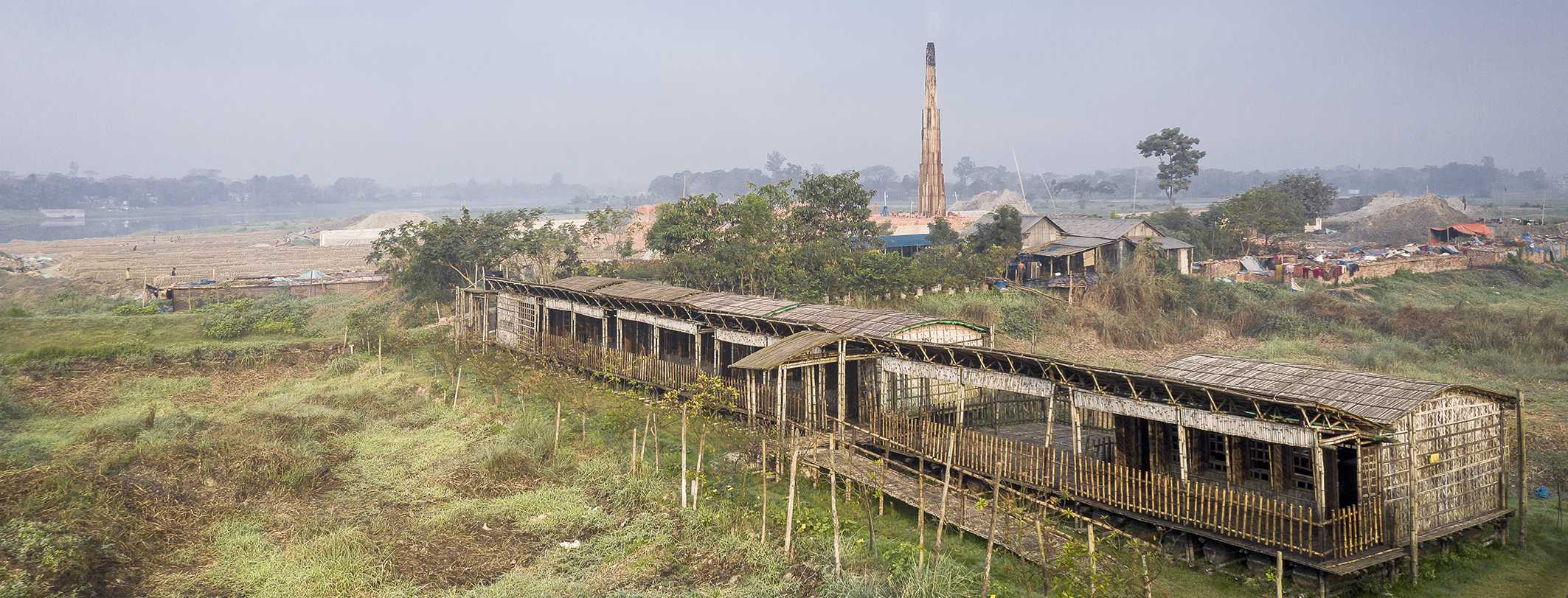
Sustainable architecture is critical for cutting back on energy use, reducing greenhouse gas emissions and minimizing other negative impacts buildings have on the environment.
Hanif Kara, design director at AKT II, an engineering consultancy, and professor at the Harvard Graduate School of Design, says that sustainable architecture “drives to achieve the conceptual idea of touching the earth and its resources lightly.”
Using energy-efficient technology, renewable materials and inventive designs, these six projects work to preserve our earth and inspire other architects to follow suit.

A few months after Razia Alam purchased riverside land for the Arcadia Education Project school for underprivileged children in South Kanarchor, Bangladesh, she found it submerged in water. She soon learned monsoons flood the land for one third of the year.
“When I first came, I saw only water. I told my client that I don’t see any land, where do I build?” recalled lead architect Saif Ul Haque. In response, he designed a “floating school.”
Rather than creating a stabilized mound that would disturb the ecosystem, Ul Haque designed a building made of affordable and sustainable local materials that rests on ground or floats on water depending on the season. The school is constructed with three types of bamboo, which is light and durable, and kept afloat with a substructure of steel drums. The construction materials were waterproofed with a traditional Bangladeshi method using boiled local fruit.
The project won the Aga Khan Award for Architecture in 2019 for its adaptability and innovative design amid changing seasonal conditions in Bangladesh, where coastal areas face flooding exacerbated by climate change.
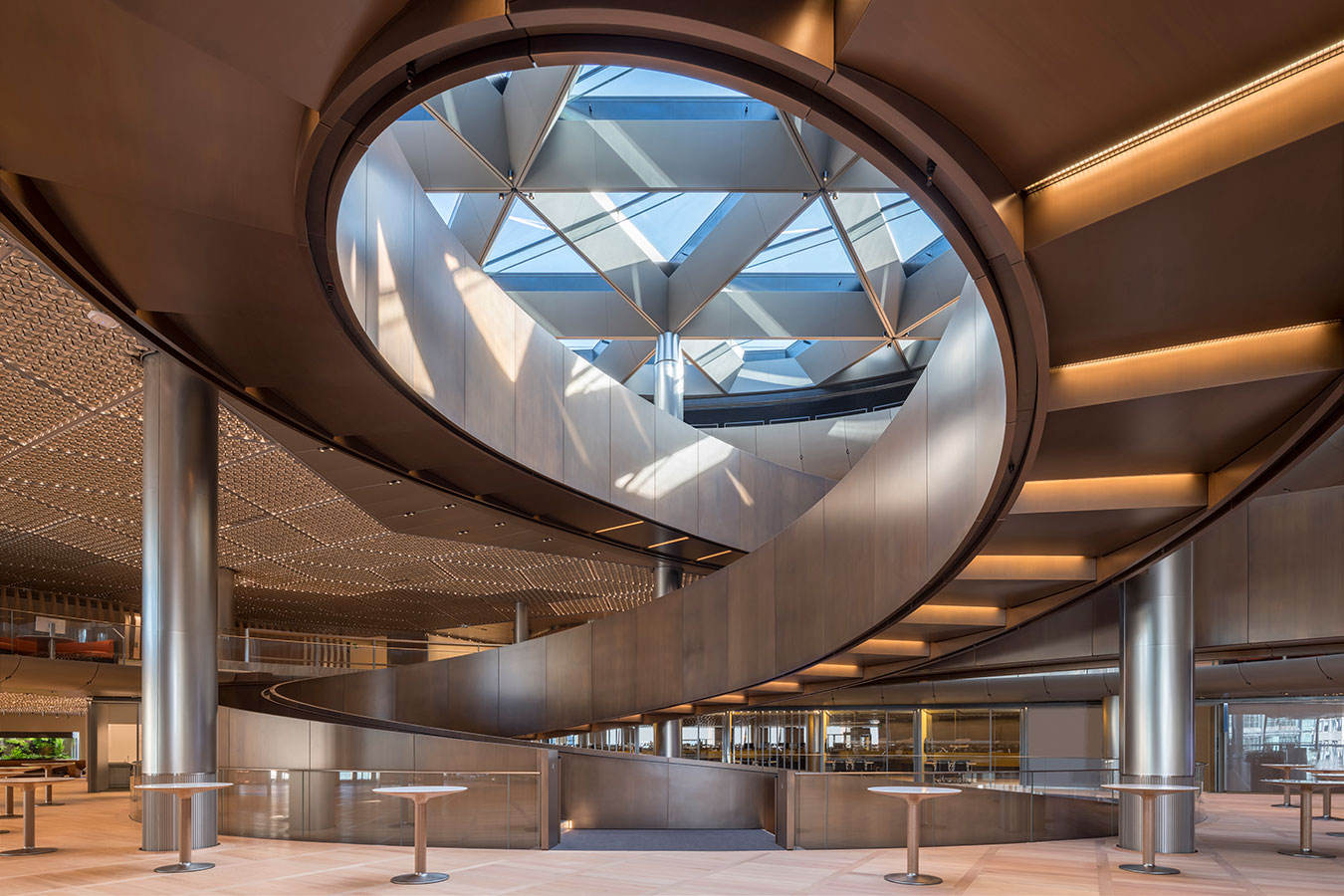
Bloomberg’s European headquarters in London was ranked as “the world’s most sustainable office building” when it opened in 2017. The building’s ceiling panels are made of 2.5 million petal-shaped aluminum pieces that make heating, cooling and lighting more energy efficient. Additionally, its LED lighting system uses 40 per cent less energy than comparable fluorescent lights.
When the weather permits, bronze blades, which shade the inside of the building, open up to let in air to cool the building in place of mechanical ventilation. Meanwhile, an on-site treatment plant collects rainwater from the roof and wastewater from sinks, and recycles it for flushing toilets. Bloomberg estimates that, thanks to these environmental strategies, the building’s users consume 73 per cent less water and 35 per cent less energy than in a typical office building.

Built by the Aga Khan Agency for Habitat and opened in 2017, the earthquake-resistant Bamyan Hospital is a model for sustainable construction that blends into the local environment with its seismic-resistant mud construction. It was built using a traditional rammed-earth method, which employs a mixture of low-clay soil, water and cement for strong and durable walls. Since all the materials are readily available locally and do not need to be transported from elsewhere, this approach has a relatively low carbon footprint.
The building also makes use of natural light and ventilation, in addition to featuring gardens and courtyards that enhance the environment and foster healing. More than half of the hospital’s power comes from solar panels located behind the facility, making it highly energy-efficient.
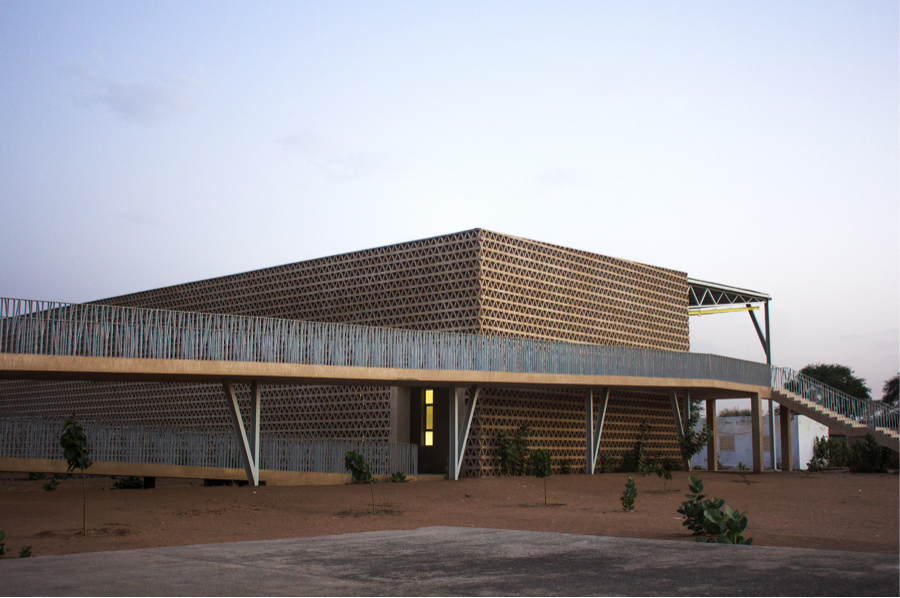
Inspired by trees that offer students a cool haven from sweltering heat, the Alioune Diop University Teaching and Research Unit in Bambey, Senegal, is designed to be shady and cool. Completed in 2017, the building features a large slanting double-roof canopy and a 203-metre lattice screen that combat the searing temperatures of Bambey, which can reach 40 degrees Celsius. These features keep sunlight out, while allowing air to flow through the building in a way that eliminates the need for air conditioning.
Outside the building, rainwater and purified wastewater are collected in large gravel basins where they nourish flowers and other plants. The building, which comprises a 500-seat amphitheatre, classrooms, laboratories, and offices, received the 2019 Aga Khan Award for Architecture for an energy-efficient, sustainable and elegant design with a low impact on its surroundings.
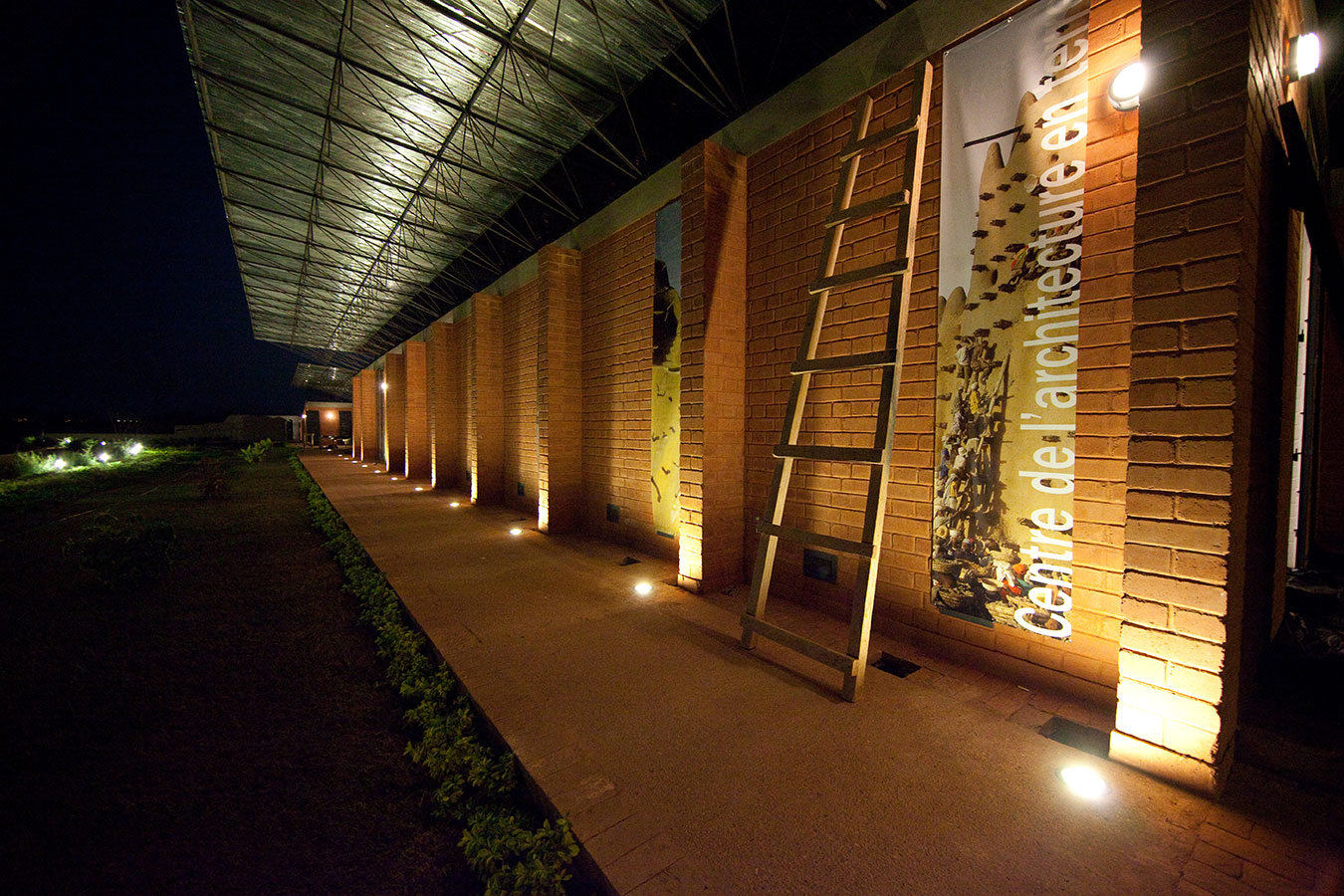
The Centre for Earthen Architecture, a community centre built by the Aga Khan Trust for Culture in Mopti, Mali, that opened in 2010, uses mud to create a sustainable building. The Centre comprises a trio of buildings with walls and barrel vaults made of compressed stabilized earth blocks. These mud blocks create a natural buffer from the heat and keep the building cool. Overhanging roofs and natural ventilation also help visitors stay cool. These features help the building cut down on energy use by eliminating the need for air conditioning. The Centre was built as part of a partnership between the Aga Khan Trust for Culture and the national Ministry of Culture to revive the local tradition of earthen architecture.
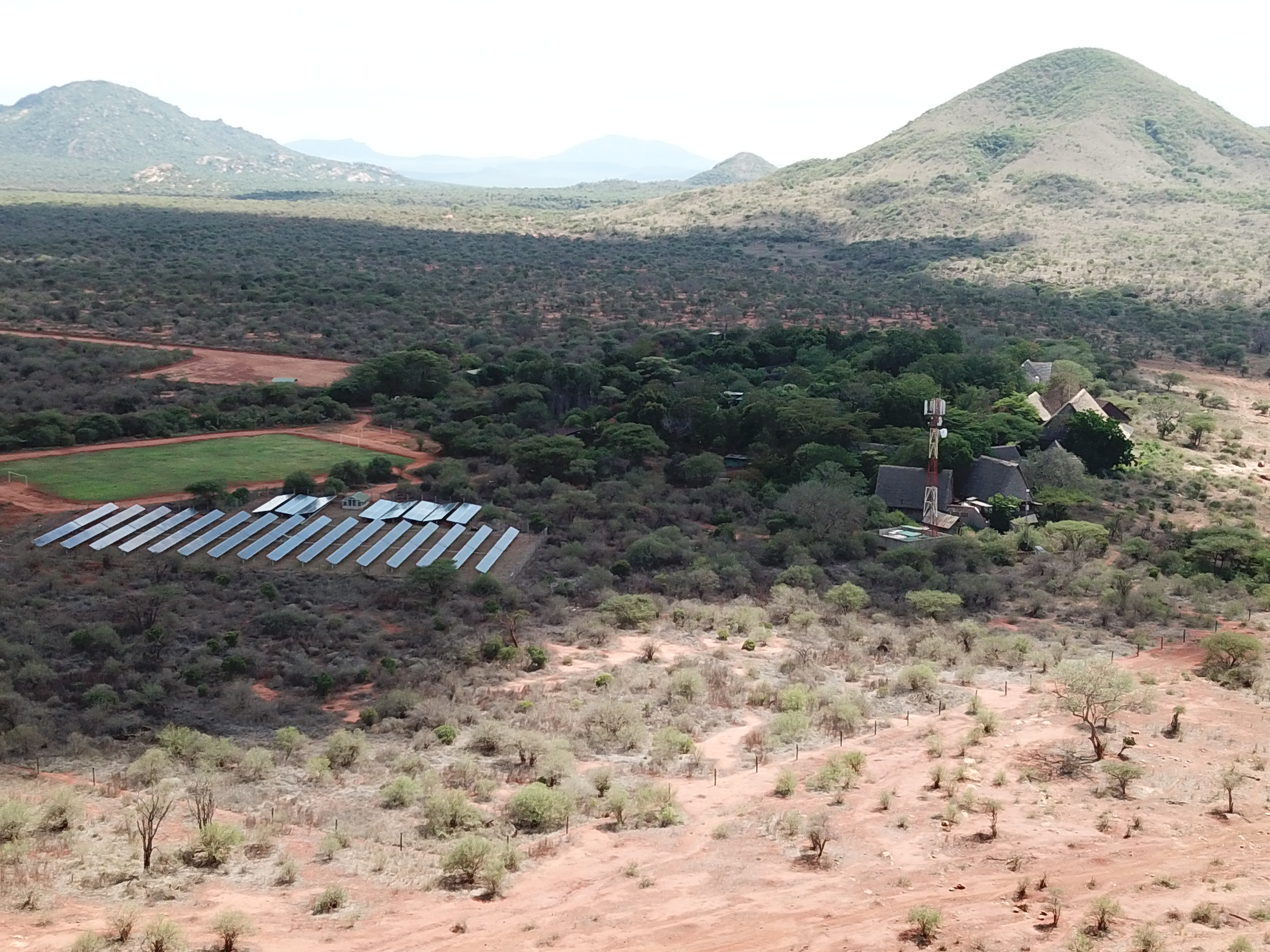
Encompassed by the iconic Mount Kilimanjaro and Tsavo National Park, the Kilaguni Serena Safari Lodge is powered by the sun. A solar power plant composed of 960 solar panels powers the facility, which became Kenya’s first solar-powered lodge in 2018.
The lodge also received the Extraordinary Business Case and Corporate Social Responsibility Award during the Global Best Practice Awards ceremony in Italy in 2018 for its eco-friendly practices, including sustainable and energy efficient laundry-services on site. Textiles are washed with eco-friendly detergent, while waste water passes through a bio-digester that recycles it for irrigation.
A shorter version of this article appeared in the Summer 2020 issue of The Ismaili Canada.